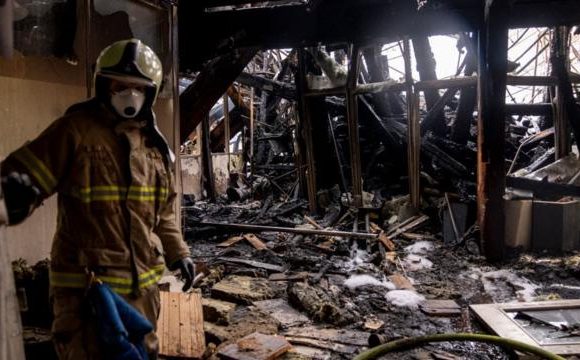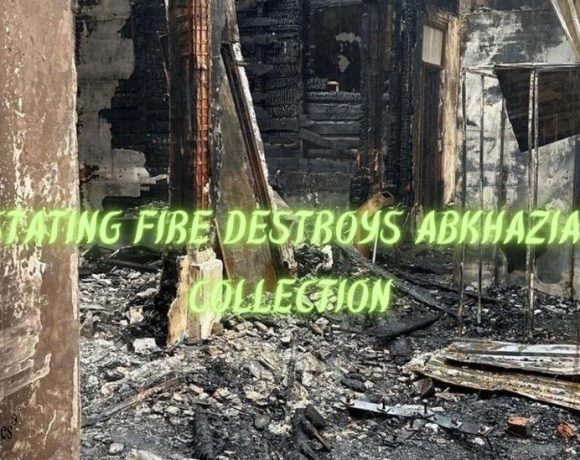
The devastating fire at Copenhagen’s historic former stock exchange, Borsen, sparked immediate comparisons to the Notre-Dame cathedral fire in 2019. Brian Mikkelsen, head of the Danish Chamber of Commerce, pledged to rebuild the 400-year-old structure despite the significant damage. He, along with colleagues and emergency workers, bravely rescued centuries-old artworks from the flames, demonstrating remarkable teamwork and determination.
Danes mourned the loss of the iconic dragon spire, a beloved feature of Copenhagen’s skyline. Residents expressed deep sadness and shared memories of the historic building, emphasizing its significance to the city’s identity and culture. Copenhagen’s Mayor, Sophie Haestorp Andersen, echoed these sentiments, calling the fire a loss of the city’s soul and history.
Efforts to rebuild Borsen are underway, with plans to learn from the restoration of Notre-Dame. Danish officials intend to incorporate modern techniques, such as 3D modeling and AI, to recreate the building’s original materials. Despite the challenges ahead, there is widespread support for reconstruction, with donations pouring in from both public and private sectors.
The restoration process is expected to be extensive and costly, with estimates exceeding 1 billion kroner. However, the determination to restore Borsen to its former glory remains strong, fueled by the outpouring of support from the Danish community.
Picture Courtesy: Google/images are subject to copyright




